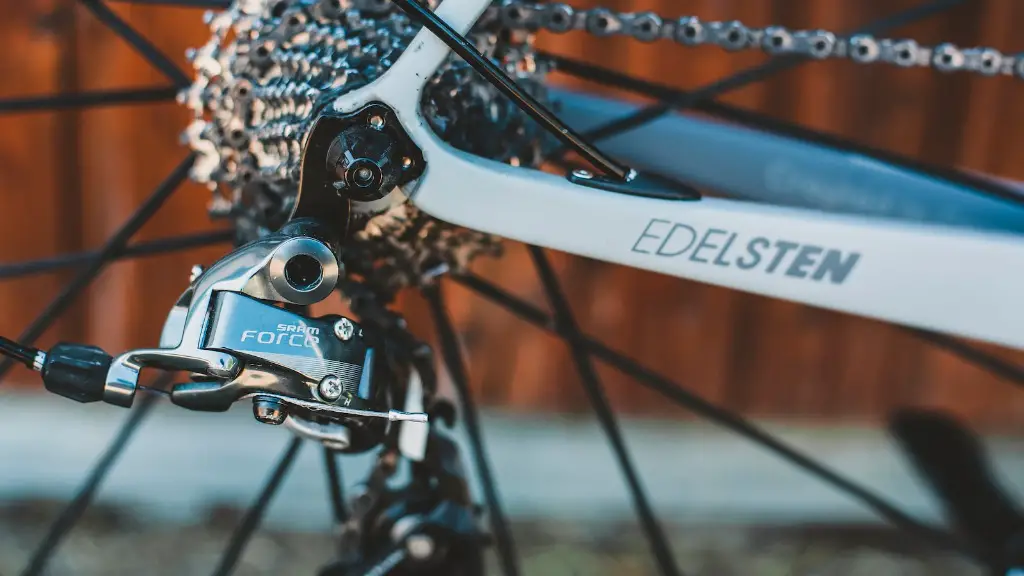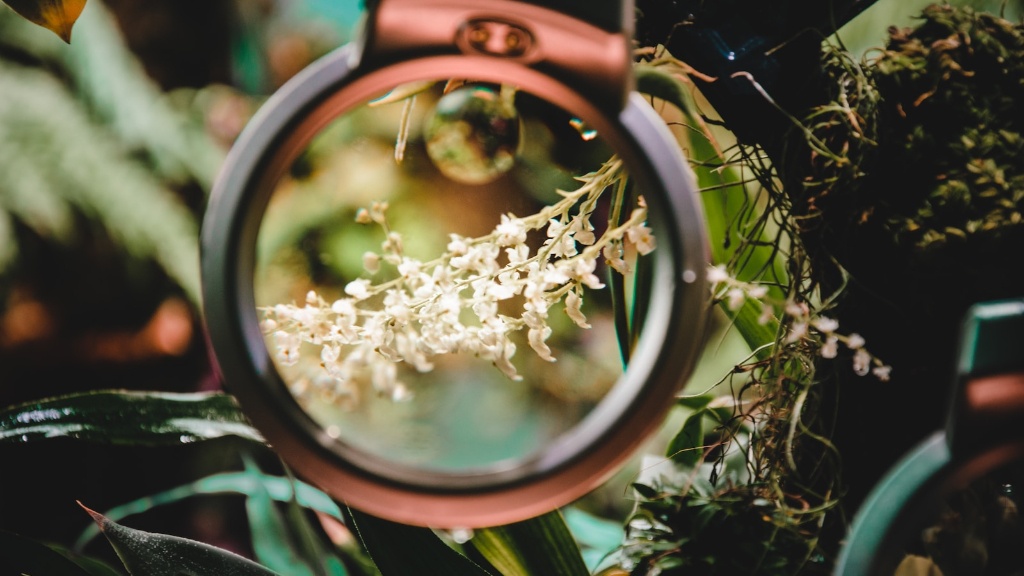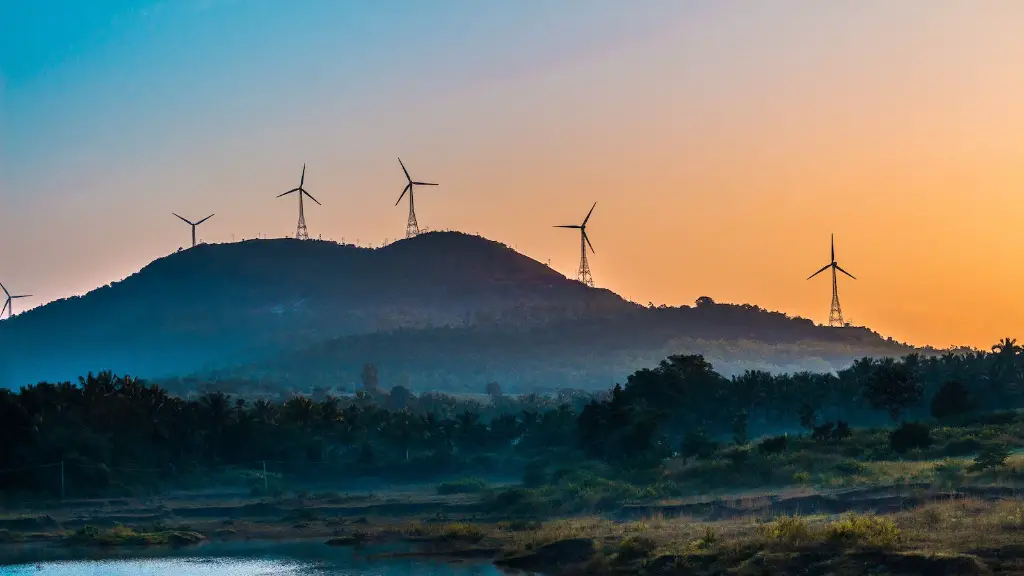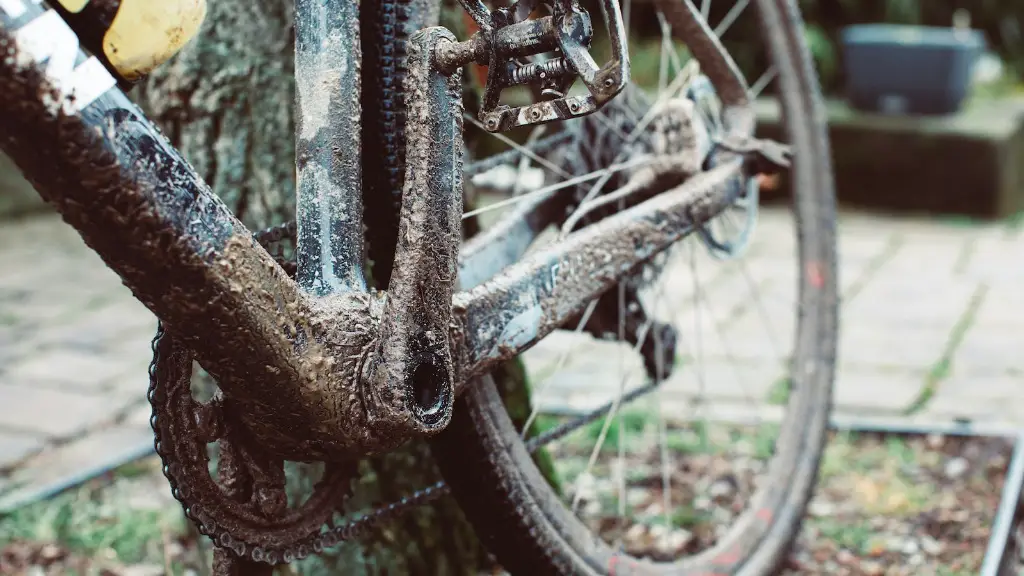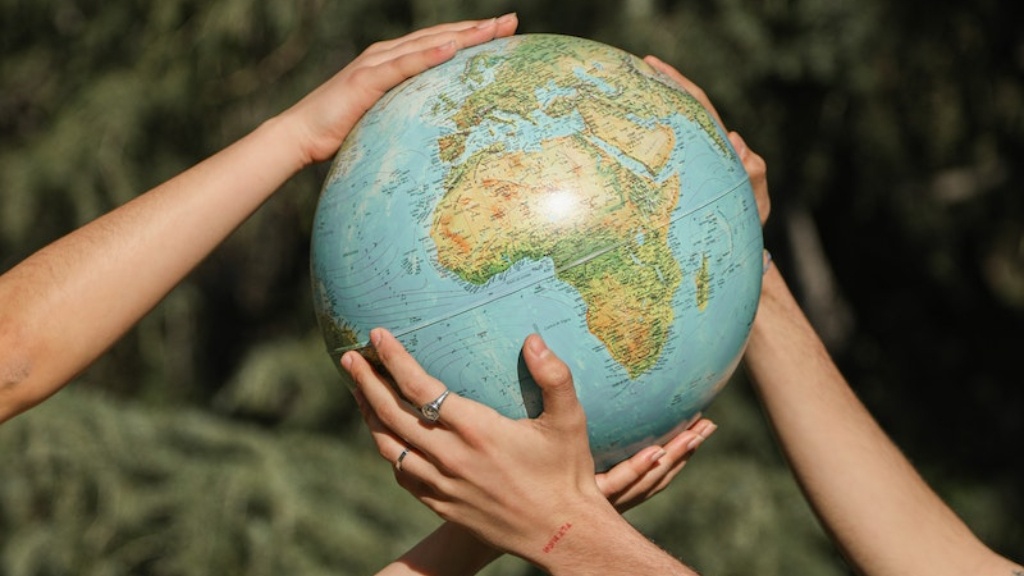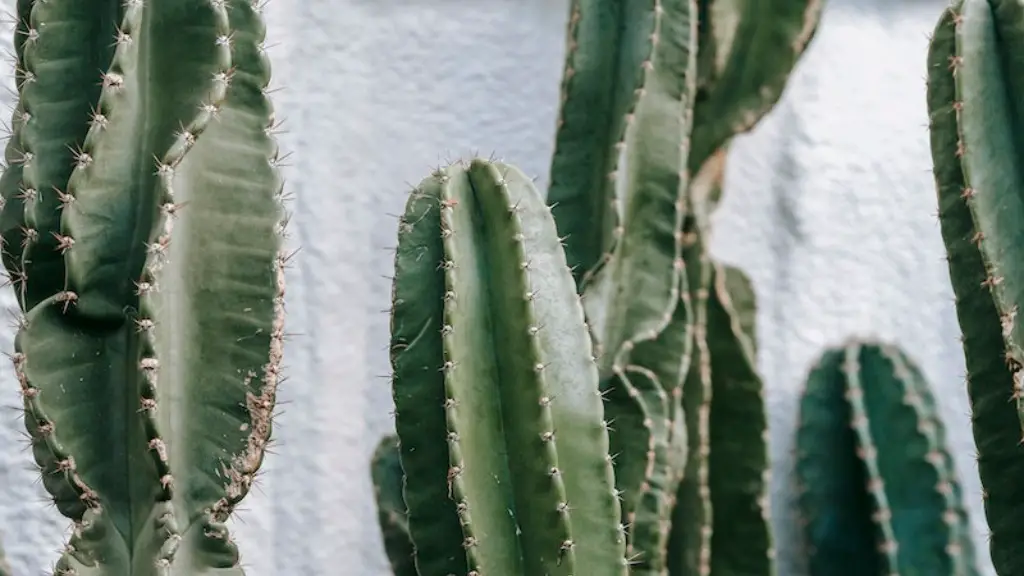Cover refers to the different types of vegetation and man-made structures that cover the ground. It is an important part of the ecosystem and provides many benefits for both the environment and the creatures that live in it. There are many different types of cover, each with its own unique properties and benefits.
In ecology, cover refers to the different types of habitats that support the living organisms in an ecosystem. This can include things like trees, shrubs, rocks, and logs. Cover provides shelter from the sun, wind, and rain, as well as places to hide from predators. It also provides homes for many different types of animals, insects, and plants.
What does cover mean in ecology?
The amount of ground covered by vegetation or other materials is known as cover. It is often expressed as a percentage of the total area. For example, if you look at the quadrat below, you might estimate that the area is covered by 35% grass, 12% white flowers, and 15% rock.
Transects are a good way to estimate population density of a particular species. This is done by setting up a line transect and then counting the number of individuals of the species that are seen within a certain distance of the line. This method is most accurate when the species is evenly distributed throughout the area being studied.
What does plant cover do
Plant cover is an effective way to prevent erosion. By absorbing the kinetic energy of raindrops, it protects the soil from the most aggressive rainfall. It also slows down runoff and keeps the soil surface porous.
Vegetation cover is an important aspect of ecosystem health, as it helps to protect and stabilize soils, control erosion, and provide habitats for wildlife. Leaf area index (LAI) is a measure of plant cover which gives the area of leaves in square meters corresponding to an area of one square meter of land.
What does cover mean?
When you cover something, you put something else over it or on top of it. This can be done for a variety of reasons, such as to protect the thing being covered, to hide it, or to keep it warm.
A cover is a protective layer that is placed over something else. It can be used to protect a surface from damage, to keep something clean or to hide something from view. A cover can be made from a variety of materials, including cloth, paper, plastic or metal.
What is cover measurement?
Cover is an important aspect of plant growth and can be used to measure the amount of vegetation present in an area. It is typically expressed as a percentage, meaning that a value of 18% cover would indicate that 18% of the ground surface is covered with vegetation. This can be used to compare different areas of growth or to monitor changes over time.
One of the most common ways to measure plant cover in herbal plant communities is by making a visual assessment of the relative area covered by different species in a small circle or quadrate. This method is often used because it is easy to do and does not require any special equipment. However, one downside to this method is that it is often difficult to accurately estimate the percentage of cover for each species.
How do you calculate plant cover
To estimate the cover of a plant or a group of plants, visualize a line around the edge of the canopy. More specifically, imagine a line from the top of the tallest plant to the ground. Then, estimate the percentage of the ground that is covered by the plants.
Garden fabric is a great way to protect your plants from the cold, wind, and insects. It can also help keep your soil and plants from overheating.
What is a grow cover?
A cover crop is an annual plant that is planted in a garden or field and is intended to grow for a season and then be tilled under to add nutrients to the soil. Ground covers are ornamental perennial plants that are intended to cover an area of ground for many years.
There are five major vegetation regions: Forest, grassland, tundra, desert, and ice sheet. Each region has its own unique climate, soil, and plant life. Forests are made up of trees and other woody plants, and are found in regions with a lot of rainfall. Grasslands are made up of grasses and other herbaceous plants, and are found in regions with moderate amounts of rainfall. Tundras are found in regions with very little rainfall, and are made up of mosses, lichens, and other low-growing plants. Deserts are found in regions with very little rainfall, and are made up of cacti, succulents, and other drought-resistant plants. Ice sheets are found in regions with very little rainfall, and are made up of mosses, lichens, and other low-growing plants.
What is natural cover
Natural cover is important for a number of reasons. It helps to protect the soil from erosion, provides habitat for wildlife, and helps to filter and clean water. Natural cover also helps to regulate the temperature of the soil and can help to reduce flooding.
Permanent soil cover is an important aspect of sustainable agriculture. It helps to improve soil health, reduce erosion, and improve water retention. Cover crops can also provide nutrients and organic matter to the soil, and help to suppress weeds.
Is an example of a natural cover?
Natural cover provides concealment and protection from enemy observation and fire. It can also provide some cover from the elements. Cover can be classified as light, moderate, or heavy.
Because the original song was written and performed by another artist or band, as an admirer of the original song, you decide to “cover” the song, as in perform the song, in your own gig. It could be an original rendition of the song or your own personal take on the song.
Conclusion
Cover refers to the different types of natural or man-made materials that cover the ground. This can include things like trees, shrubs, rocks, and even buildings. Cover is important in ecology because it provides shelter and homes for animals, helps to regulate the environment, and can affect the amount of sunlight and water that reach the ground.
There are many different types of cover in ecology, from trees to rocks to snow. Cover provides animals with shelter from the elements and from predators, and can also provide a place to hide food or raise young. Cover is an important part of the ecosystem and helps to keep the balance of nature.
